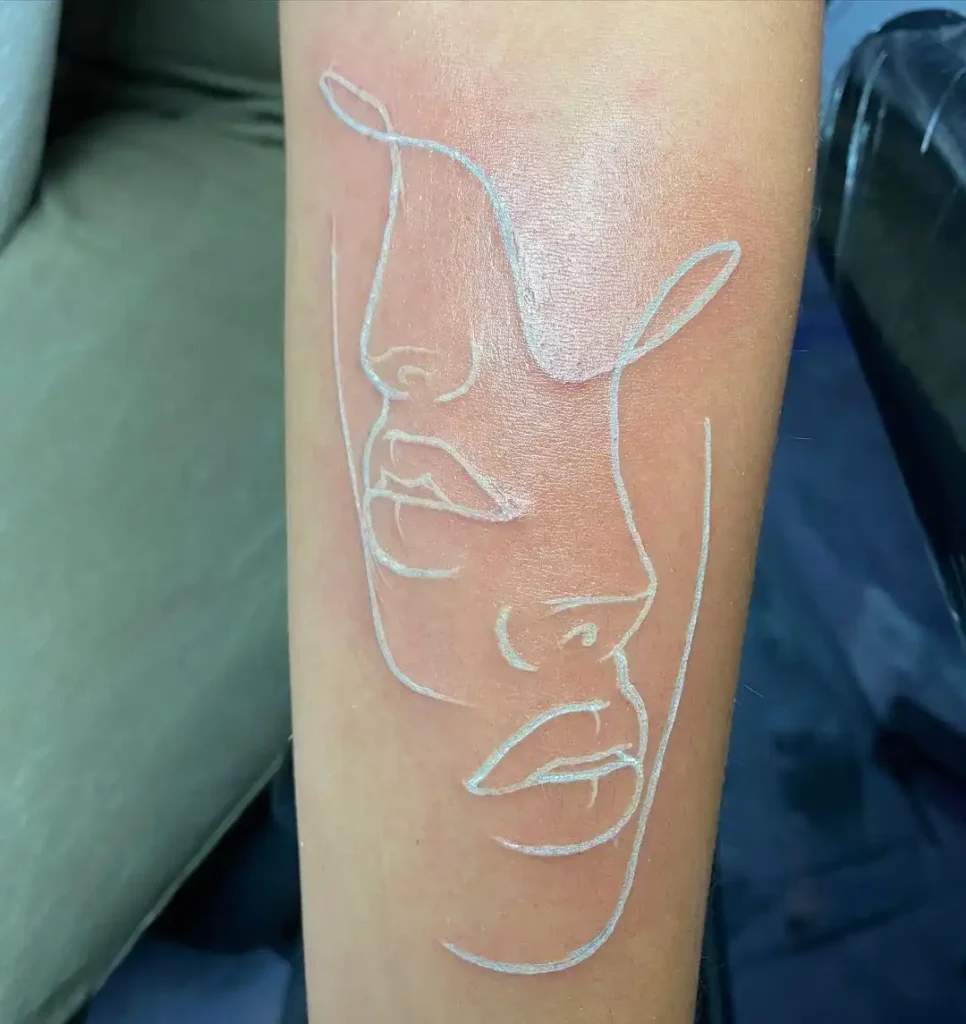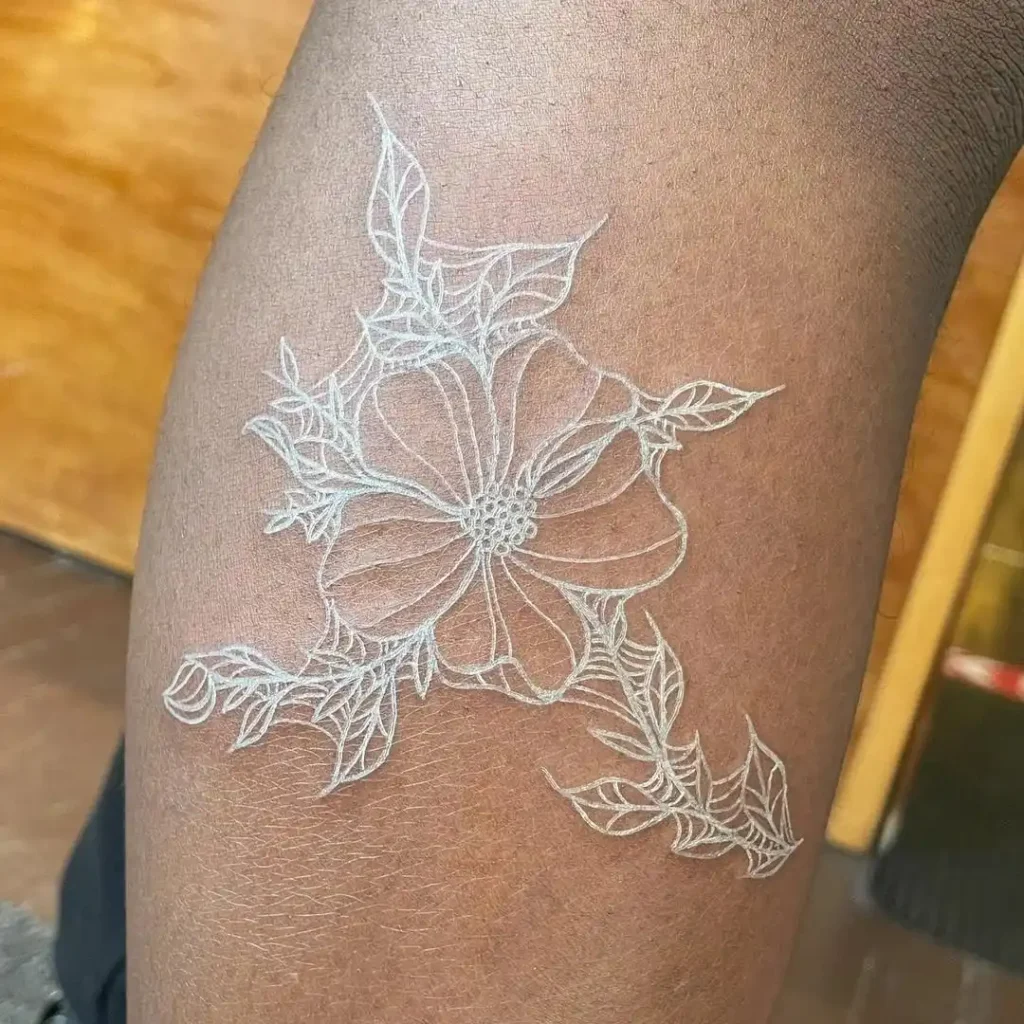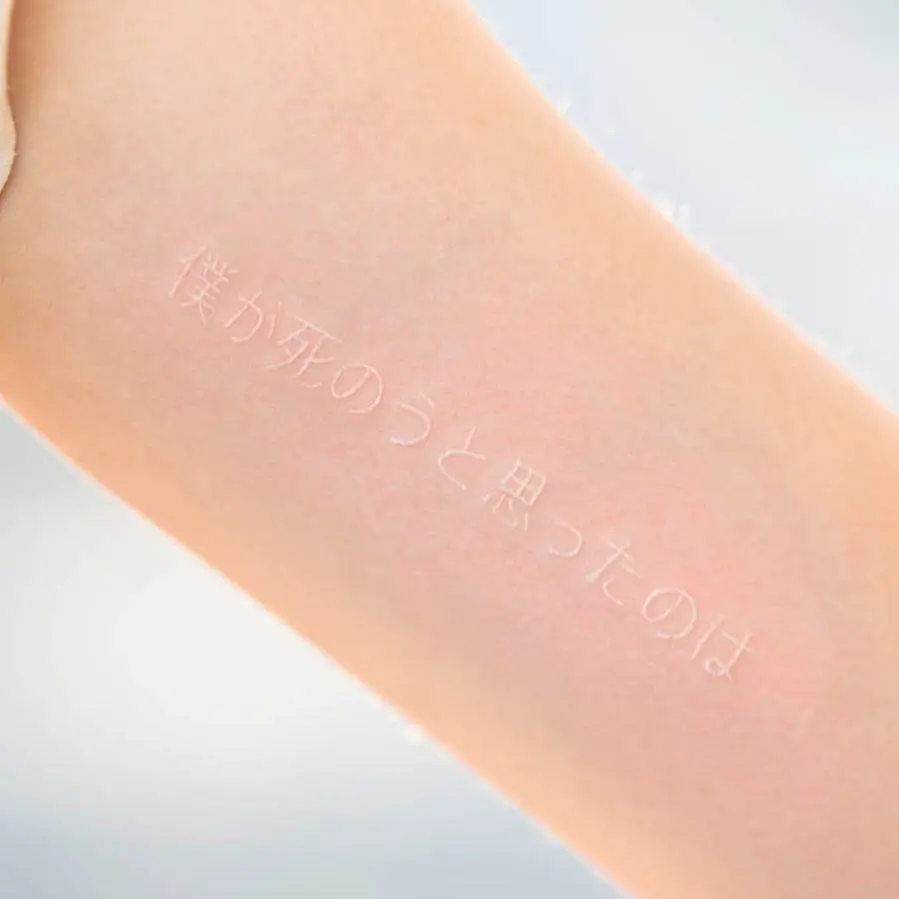Free shipping on all US orders
10% OF OUR PROFIT GOES TO KIDS’N’CULTURE NON-PROFIT ORGANIZATION


Everything you need to know about white ink tattoos, including pain levels, how they look on different skin tones, aging concerns, and popular design ideas.
White ink tattoos are another novelty in body painting; they are designed to be barely noticeable on the human skin. In contrast to conventional tattoos with an element of black or colored pigment, white ink tattoos have a relatively low-profile visual design. However, White ink tattoos have some difficulties differentiating them from regular tattoos. They have been increasingly popular among people, but they need some help. This article will consider what to expect when dealing with white ink tattoos, how they last, and how they do on different skin types.

Pain is always subjective, and when it comes to tattoos, white ink tattoos are no different. The application of white ink is no more painful than the application of other types of pigments. Nonetheless, what confers a certain invisibility in certain surfaces is that it is white ink and may demand one or two coats. This can make the process slightly longer or more uncomfortable in certain areas.
Thus, the intensity of the pain that the tattoo causes, to a certain extent, depends on the tattooist’s skill, location on the body, and personal pain threshold for the person receiving the tattoo, not the ink color used.

White ink tattoos are known to have a huge drawback: the tattoo quality will not last as long as other conventional tattoos. Every tattoo is temporary because it may have skin wearing, scorching, or other factors like skin aging and exposure to the sun, but white ink tattoos are more vulnerable to fading. White ink also becomes sensitive to UV light, and therefore, it fades quickly, and may even turn yellow.
However, the fascia may gradually lose its whiteness over time. Sometimes, this process can be slowed with appropriate care, including sunscreen usage and constant lubrication of the area bearing the tattoo. White ink tattoos may require more than black or colored ink tattoo touch-ups. If care is not taken, the tattoo will fade, and the sheen that makes it attractive will reduce visibility.

Getting into the skin, essentially, with a white ink layer over a black tattoo, is technically feasible but very difficult. White ink has low opaqueness and hence cannot fully cover black ink, and the final design turns out to be more grayish than designed.
There is sometimes an opportunity to use white ink, which an artist paints on a black tattoo or adds certain details. Most people do not know that if you want to obscure a black tattoo with white ink, there is almost no chance of a flawless appearance. White ink, as everyone knows, just cannot have the capability to hide darker colors to the maximum.



Pros:
Cons:
White ink tattoos give tattoo enthusiasts an even more beautiful version of tattoos they prefer or those who don’t want to be too flashy with their skin art. As you hopefully have already gathered, white ink tattoos can fade rather quickly, which means that even more so, they need special attention and dedicated care when implemented by the artist. It is to your advantage to seek the services of an expert tattoo artist when it comes to getting a white ink tattoo.For those looking for stronger, long-lasting tattoo work, exploring styles such as traditional Japanese tattoo art can provide a striking contrast to the soft, minimalist appeal of white ink designs.
There are no reviews yet. Be the first one to write one.
A whole world on the tip of a pencil. The story of an artist who proved that true art has no limits and that it is never too late to start all over again.
International fashion icon and symbol of Parisian style, Ines de la Fressange is one of the most famous women in France.
Anastasia Pilepchuk is a Berlin-based artist with Buryat roots. She creates masks and face jewellery inspired by the nature and the culture of her beautiful region.
A whole world on the tip of a pencil. The story of an artist who proved that true art has no limits and that it is never too late to start all over again.